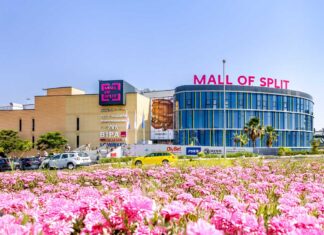CPI Property Group, one of the largest retail park operators in Croatia, continues to expand and innovate with its STOP SHOP brand.
With 17 Stop Shop retail parks already operating in Croatia and new locations on the way, we spoke with Joško Piteša, Country Manager of Operations at CPI Property Group, to find out what the future holds for retail parks in Croatia.
1. How many more STOP SHOP retail parks will you open in the near future?
STOP SHOP currently operates 17 retail parks across Croatia, with the newest one opened in Krapina in November 2024.
In addition, we are present in Valpovo, Osijek, Našice, Kaštel Sućurac, Ludbreg, Velika Gorica, Gospić, Daruvar, Vinkovci, Pazin, Labin, Čakovec, Đakovo, Vukovar, Dugo Selo, and Virovitica.
By the end of this year, we plan to open two more locations, in Ivanec and Nova Gradiška, further strengthening our presence in small and mid-sized Croatian cities.
By the end of 2026, our goal is to exceed 20 locations.
2. Why did you decide to invest specifically in retail parks in Croatia? Do you still consider them a good investment?
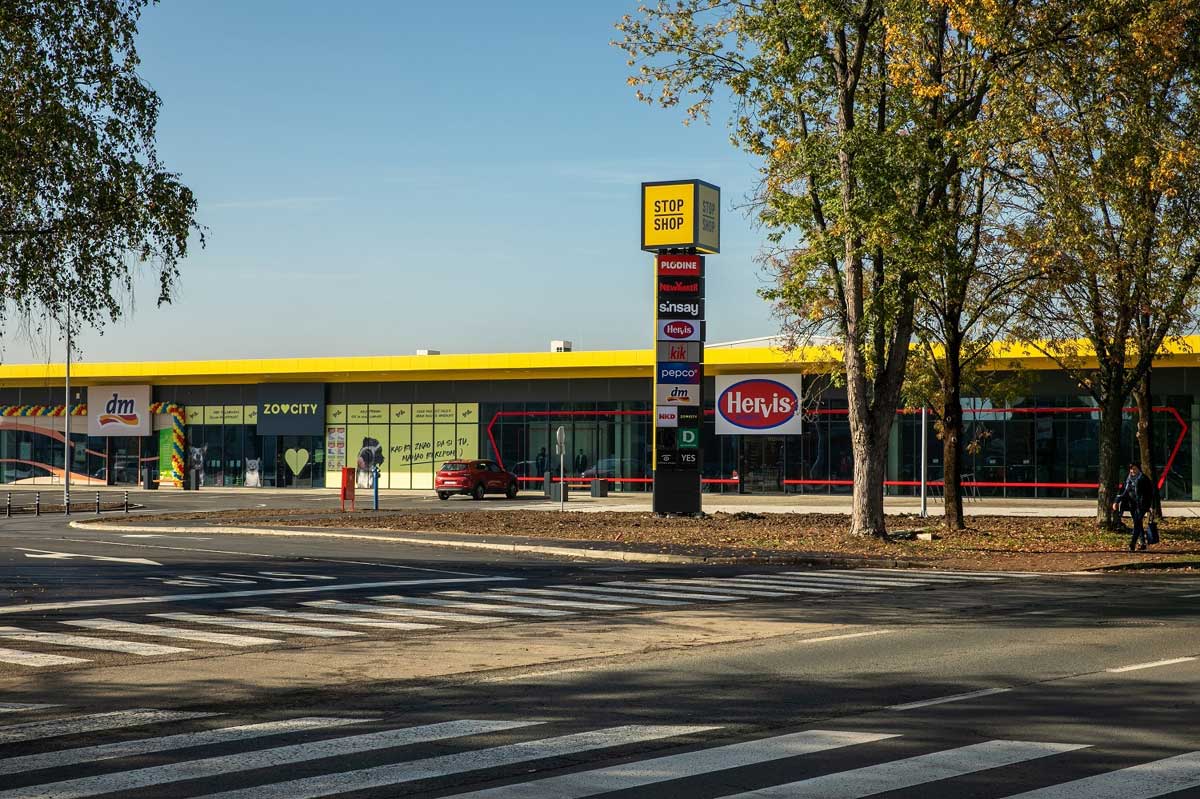
The Croatian market has shown great potential for retail park development due to its geographical structure and demand for convenient, accessible shopping.
Retail parks remain an attractive investment thanks to stable interest from both tenants and consumers.
Moreover, it’s clear that shoppers increasingly value ease of access and the ability to complete multiple tasks in one visit—and most importantly, in one place.
3. What is the current average rent in retail parks in Croatia, as well as the average marketing and service fees?
Average rental prices in STOP SHOP retail parks vary depending on several key factors, including location, unit size, and tenant needs.
For example, prices may be slightly higher in larger cities such as Zagreb or Osijek, while in smaller towns, they are adjusted to stay competitive. Overall, STOP SHOP strives to maintain competitive and attractive prices that ensure long-term success and business sustainability for all parties involved. In addition to rent, we provide marketing support and appropriate service fees that cover all necessary activities such as cleaning, security, and property maintenance.
Our flexible cooperation models allow partners to focus on growing their business and attracting customers while STOP SHOP takes care of operational details.
4. How does STOP SHOP choose new investment locations, and what are the key criteria when selecting areas for retail park development?

Key factors when selecting a location include transportation connectivity, demographic data, and local consumer behavior.
We focus on small to mid-sized cities with a demand for affordable and diverse shopping options.
We specialize in analyzing the local market to ensure an optimal tenant mix.
5. Is demand for retail park space still high? Have you attracted any newcomer brands—and if so, which ones?
Demand for retail space in STOP SHOP parks remains high.
We are proud that we consistently attract new brands that recognize the potential of retail parks as a consumer-friendly format. We are even prouder that most of our tenants have been with us since the beginning of our expansion in Croatia, and many continue to grow with us across multiple locations.
We believe this is the best proof of our good practices and strong reputation as a reliable business partner.
Each new location allows us to enrich our offer and adapt to the specific needs of local communities.
Our doors are always open—to both well-known international brands and local retailers.
6. Which retail categories are currently performing best in retail parks and why? Has the ideal tenant mix changed since before 2020?
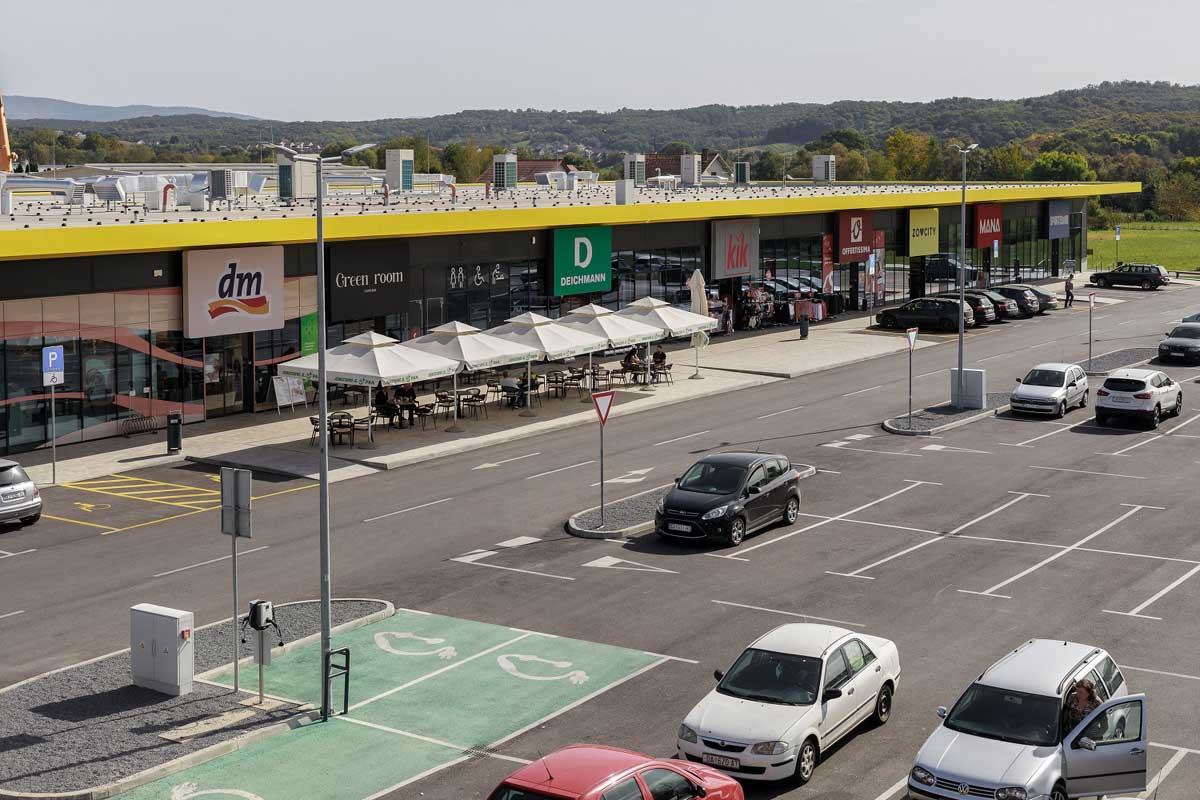
The strongest growth has been seen in categories such as fashion, footwear, household goods, children’s products, and pet supplies.
There is increasing demand for convenience and accessibility. Consumers choose retail parks that allow them to complete multiple tasks in one visit—from grocery shopping and clothing to household items.
A clear trend is the growing demand for products that offer everyday value—such as home appliances and tech gadgets.
Given the changes in consumer behavior, the ideal tenant mix has evolved since 2020.
With a focus on flexibility and adaptation, STOP SHOP now includes more brands offering services and products aligned with current trends—including health-related and eco-friendly products that address the challenges of today’s society.
7. How are consumer habits changing in the region, and how is STOP SHOP adapting to those changes?
Consumer habits are shifting toward a greater demand for simplicity and convenience.
STOP SHOP addresses these changes by offering an easily accessible format that saves customers time and offers everything in one place.
We also see increased interest in additional amenities such as relaxation areas, family zones, and more food and beverage offerings.
8. What initiatives does STOP SHOP implement to improve the shopping experience in retail parks? Are there plans for digitalization, new content, or events?

STOP SHOP is continuously working to improve the shopping experience for its visitors.
Beyond the traditional approach, we are focused on digitalization and integrating innovative solutions.
Our social media presence allows us to engage with our audience in real-time and share content that adds value. Our digital team regularly visits locations to conduct activations and connect with local communities, which gives them direct insights into consumer needs.
In addition to digital activities, STOP SHOP organizes seasonal events throughout the year. We celebrate major holidays such as Christmas and Easter, and our events like our version of Oktoberfest or “Yellow Friday” (our take on Black Friday) have become widely recognized.
We also dedicate special attention to socially responsible initiatives.
For example, last year, we organized free mole screenings with top dermatologists, which generated huge interest—especially in smaller towns. Due to the great feedback from communities and media alike, we plan to continue this initiative in 2025. In this way, STOP SHOP not only contributes to public health but also raises awareness of prevention.
These initiatives ensure that our retail parks offer more than just shopping. They provide a well-rounded environment tailored to customer needs, which enhances the overall visitor experience.
9. How does STOP SHOP collaborate with tenants, and how do you work together to enhance the offering and attract more customers?
From the very beginning, we build a partnership approach with our tenants.
We provide marketing support and collaborate on organizing promotions and events that drive traffic to our shared locations.
We believe that open communication and adapting both our offer and operations are key to long-term, successful partnerships.
10. How does STOP SHOP integrate sustainability into its operations? Can you provide examples, such as energy-efficient buildings or support for local communities?
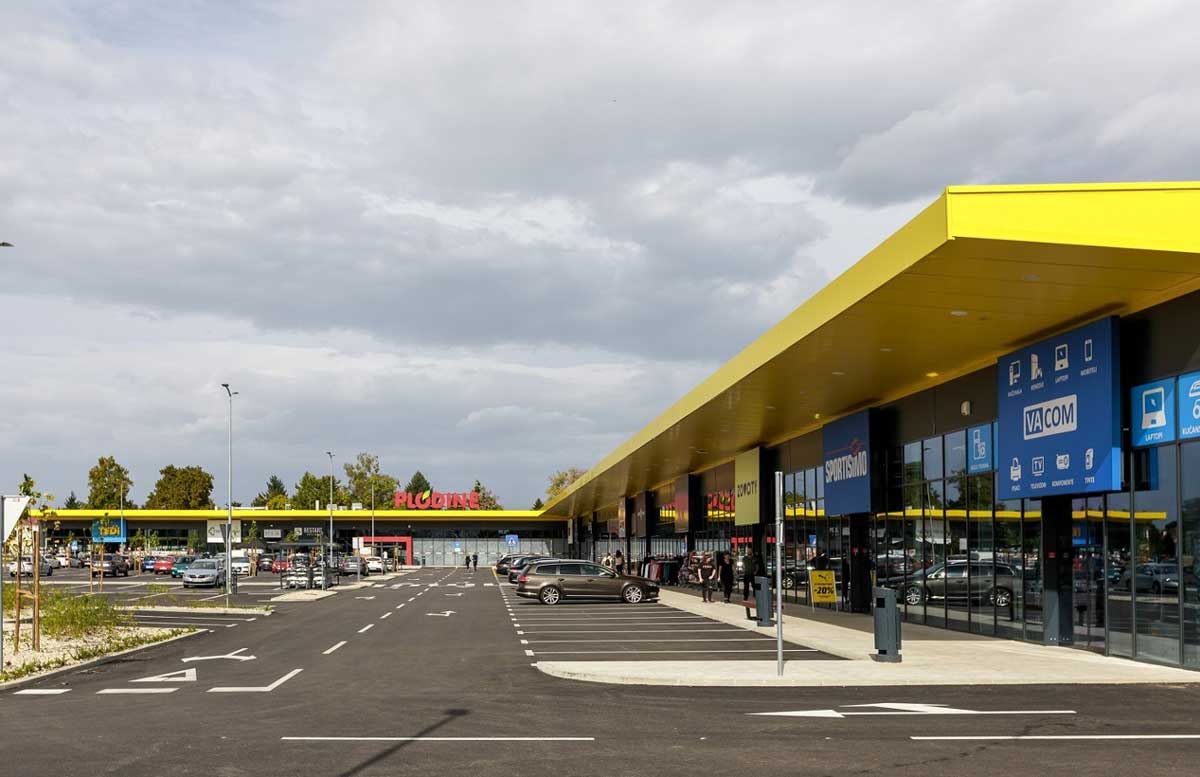
We consider sustainability a core part of our business—it’s not just a future goal; it’s a necessity today.
We contribute by building energy-efficient facilities, integrating solar panels, promoting e-mobility, and collaborating with local communities on sustainable development projects.
We also actively work on reducing our carbon footprint through energy optimization and recycling at our locations.
We proudly hold the ZelEn certificate, confirming that the electricity used at our STOP SHOP locations comes exclusively from renewable sources.
We invest in EV charging infrastructure at all locations and support local communities through donations, participation in social projects, and partnerships with nonprofit organizations.
11. What are the main challenges STOP SHOP faces in the region, and where do you see the biggest growth opportunities?
The challenges we face in Croatia and the wider region include a fluctuating economic environment and increasing consumer expectations.
We see the biggest opportunities in further localizing our offer and creating additional value for the community.
We adapt to trends through innovation in the retail experience and a strong focus on sustainability—while staying true to our core values in how we work with partners and serve consumers.
12. How does STOP SHOP see the future of retail parks, and what would you say to potential partners and investors?
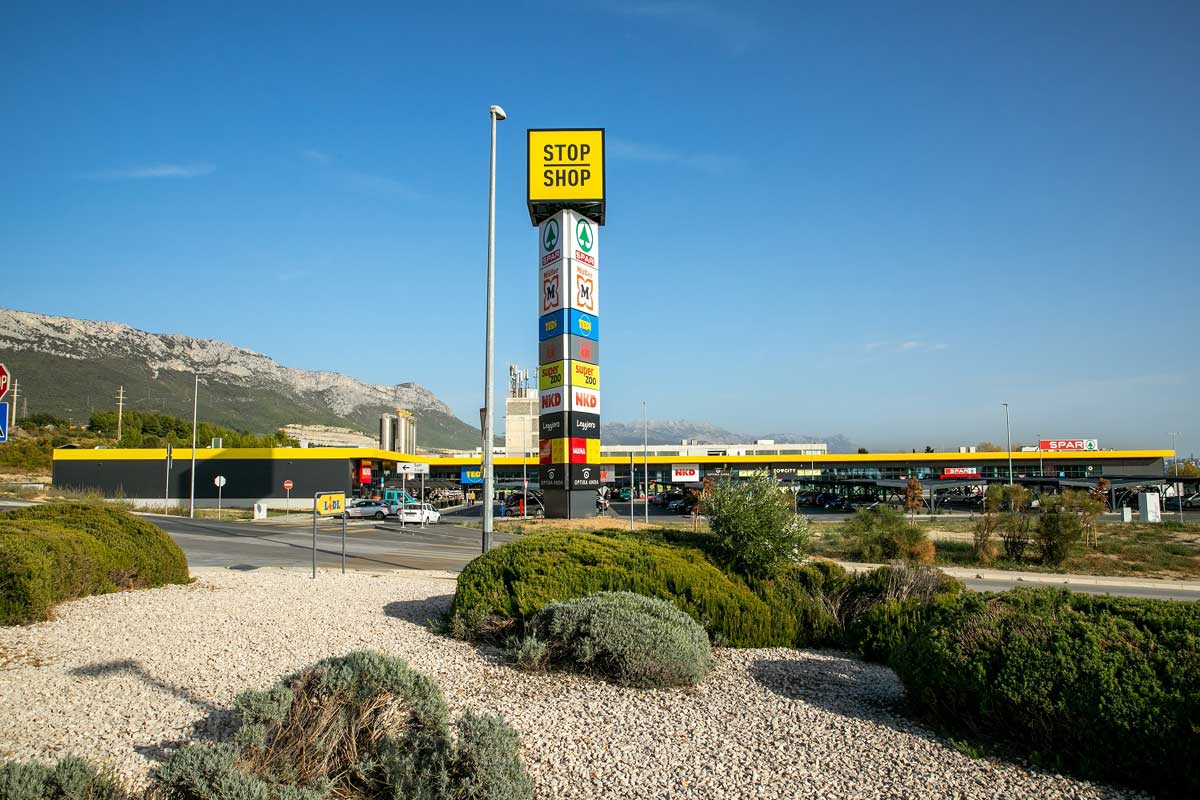
To me, STOP SHOP is not just a brand—it’s a concept that evolves with the people and communities it serves.
I’m most excited to see our retail parks becoming places where people meet, socialize, and shop conveniently.
The future of retail parks lies in continuing to adapt to consumer needs—creating welcoming spaces that offer simplicity, variety, and accessibility.
For information about leasing opportunities in STOP SHOP Croatia, contact the leasing department: https://stop-shop.com/hr/leasing






